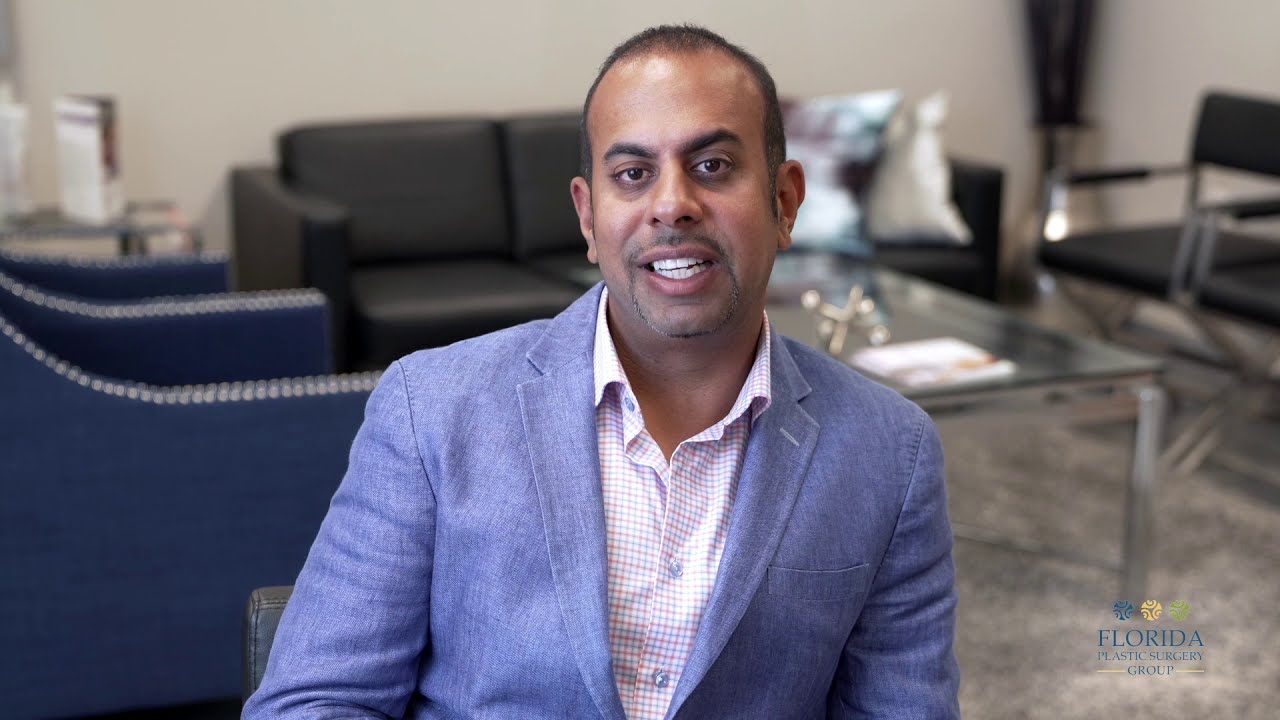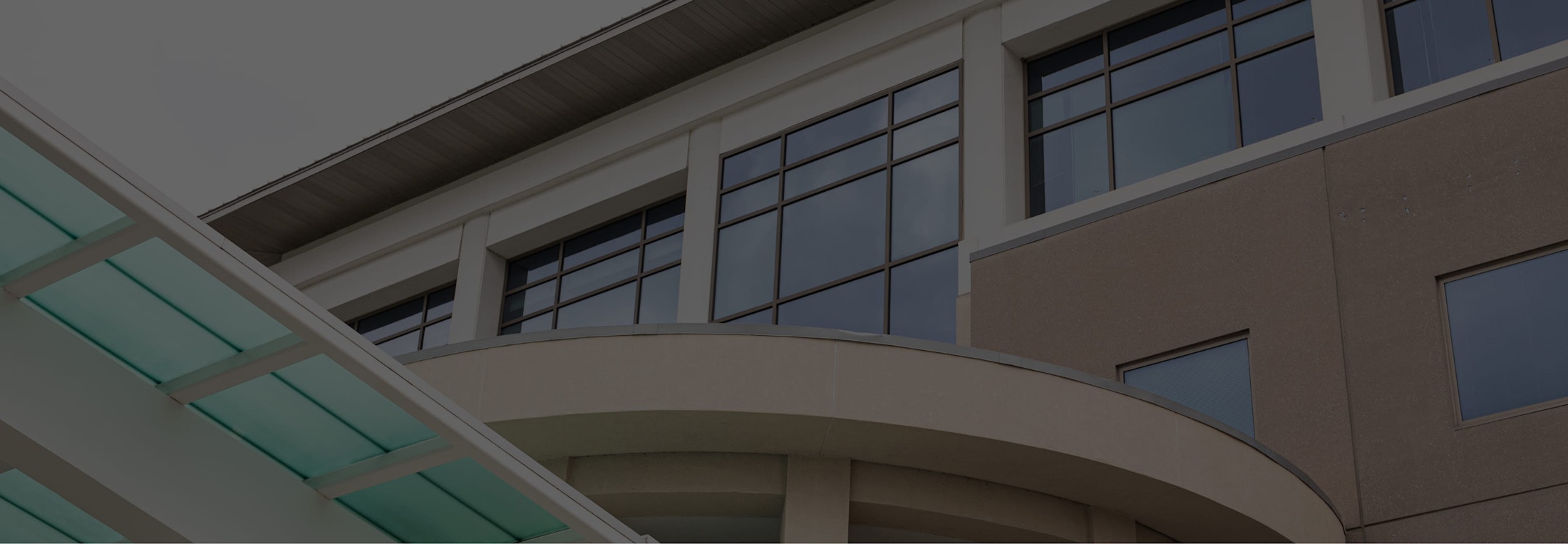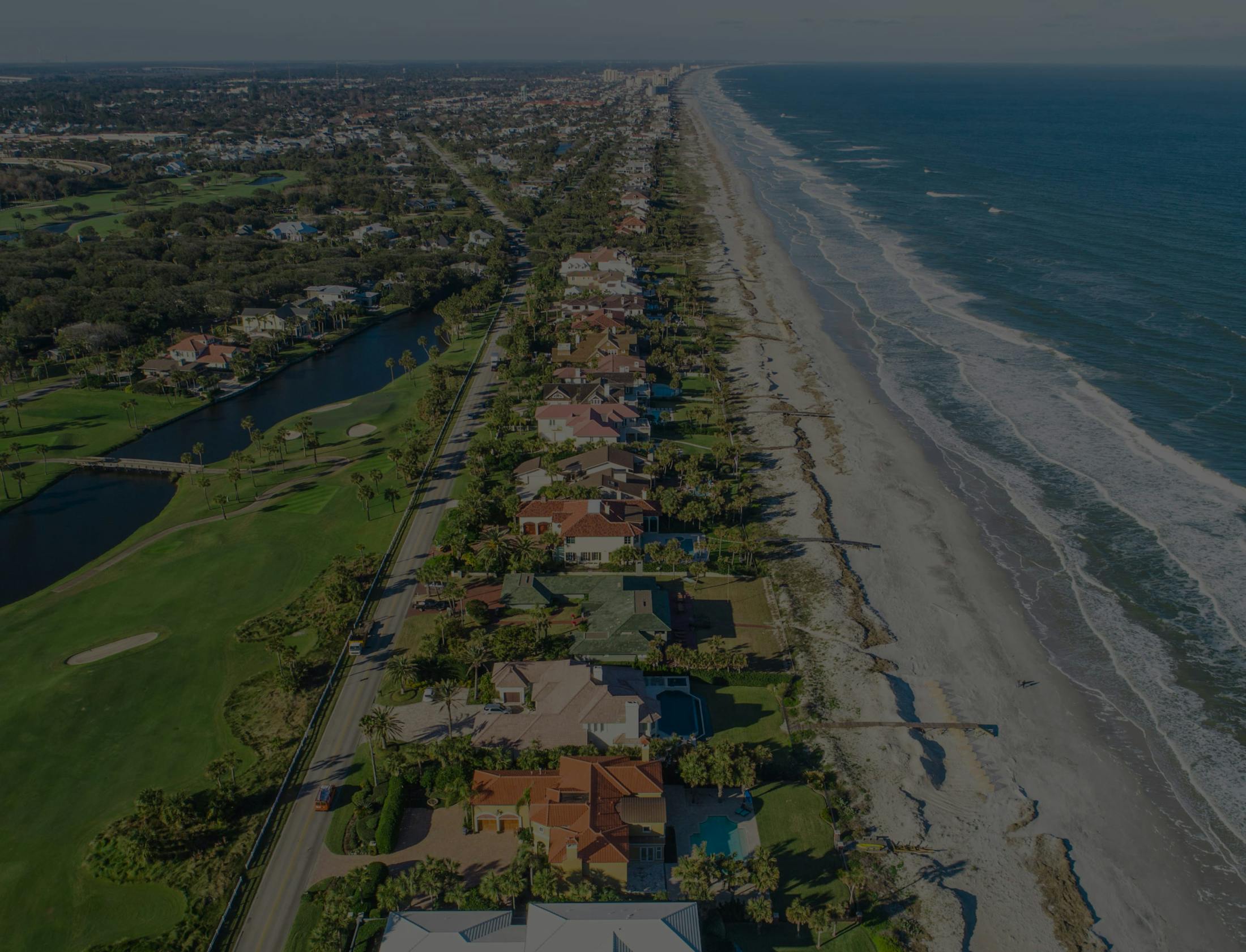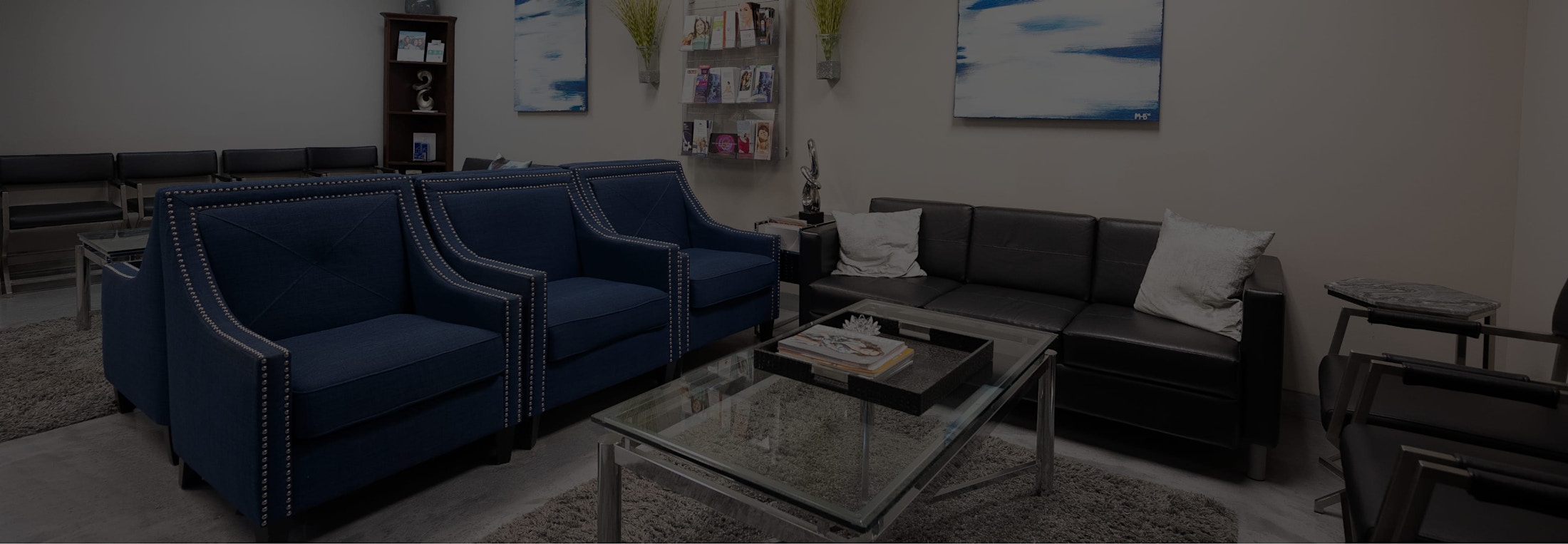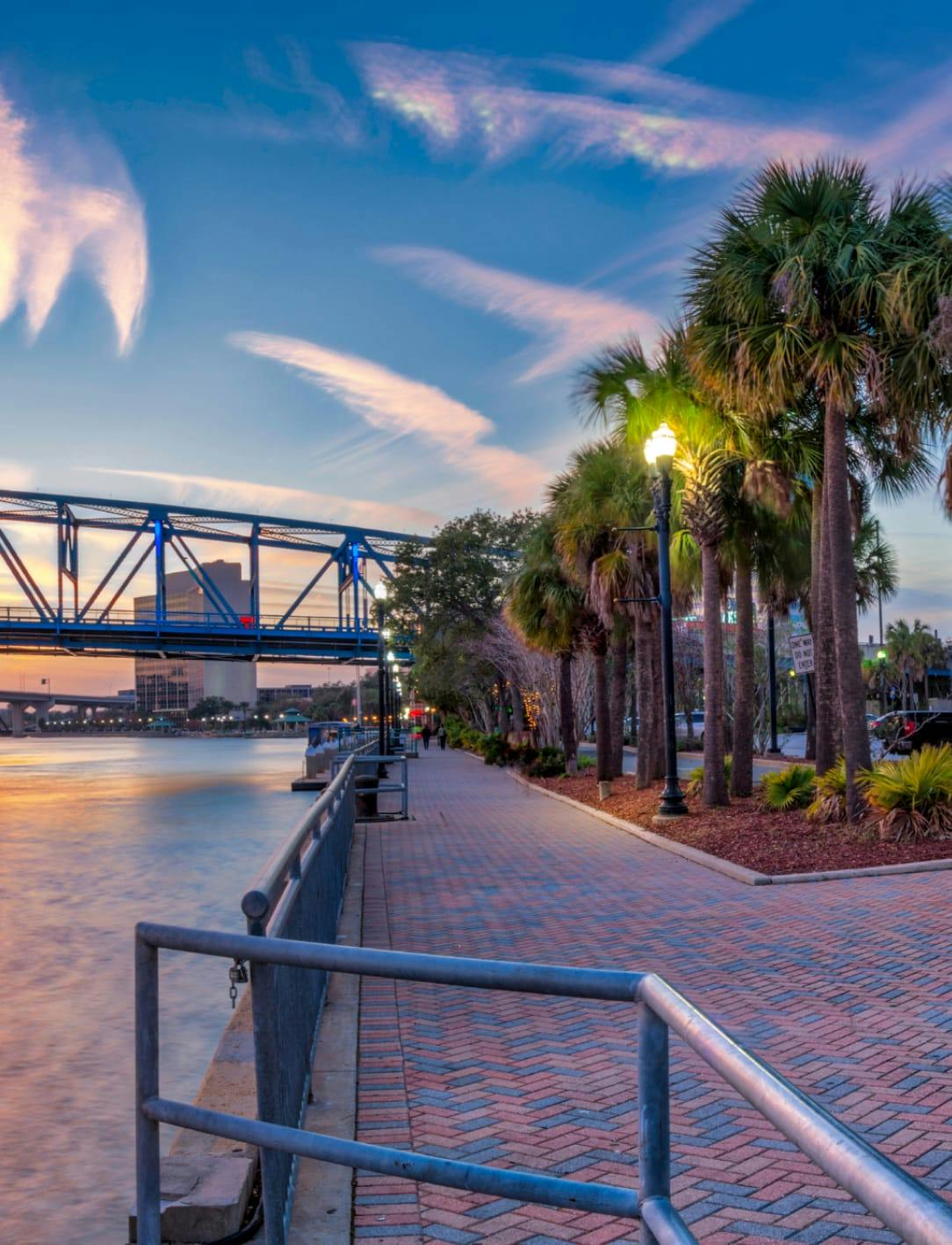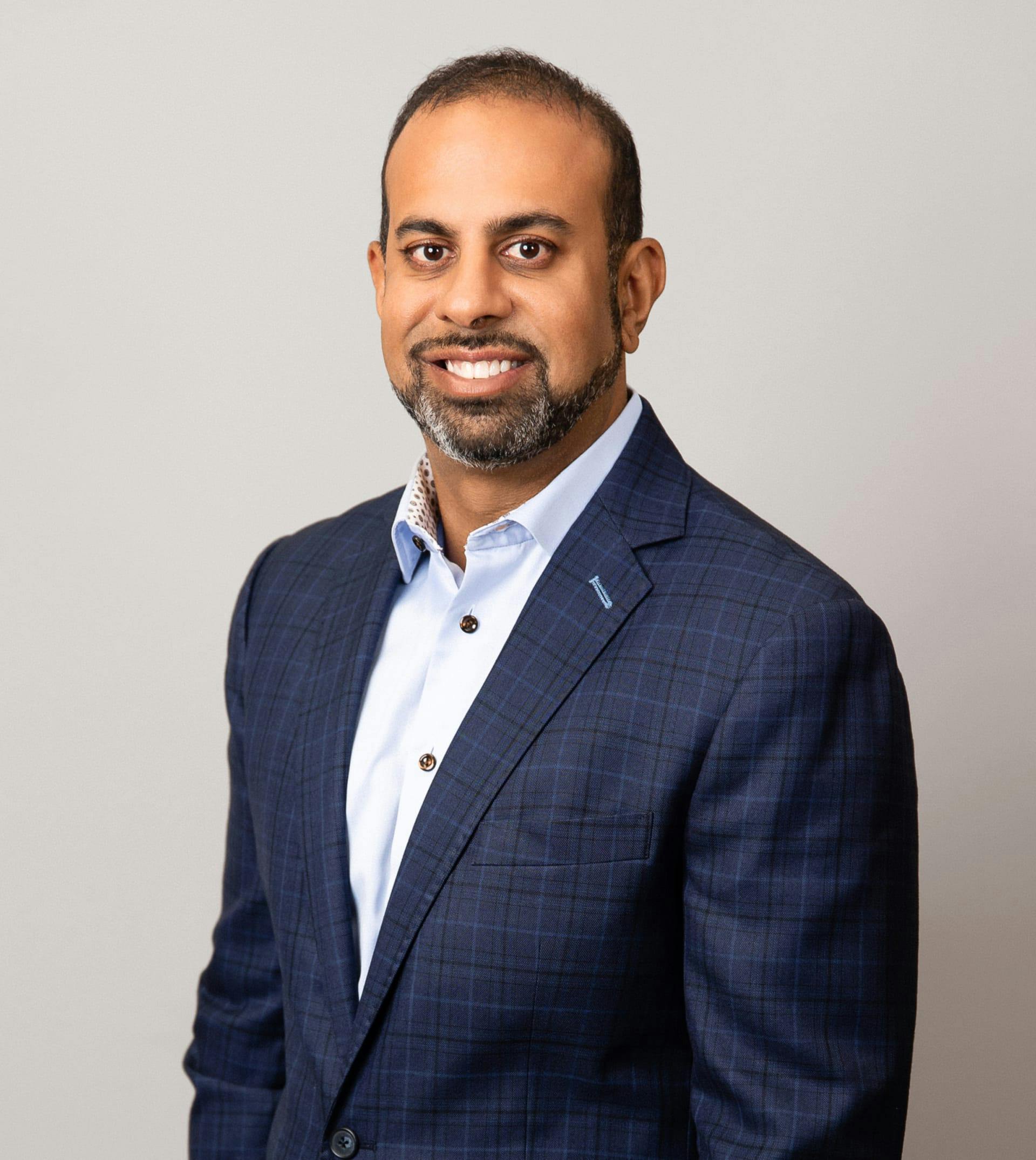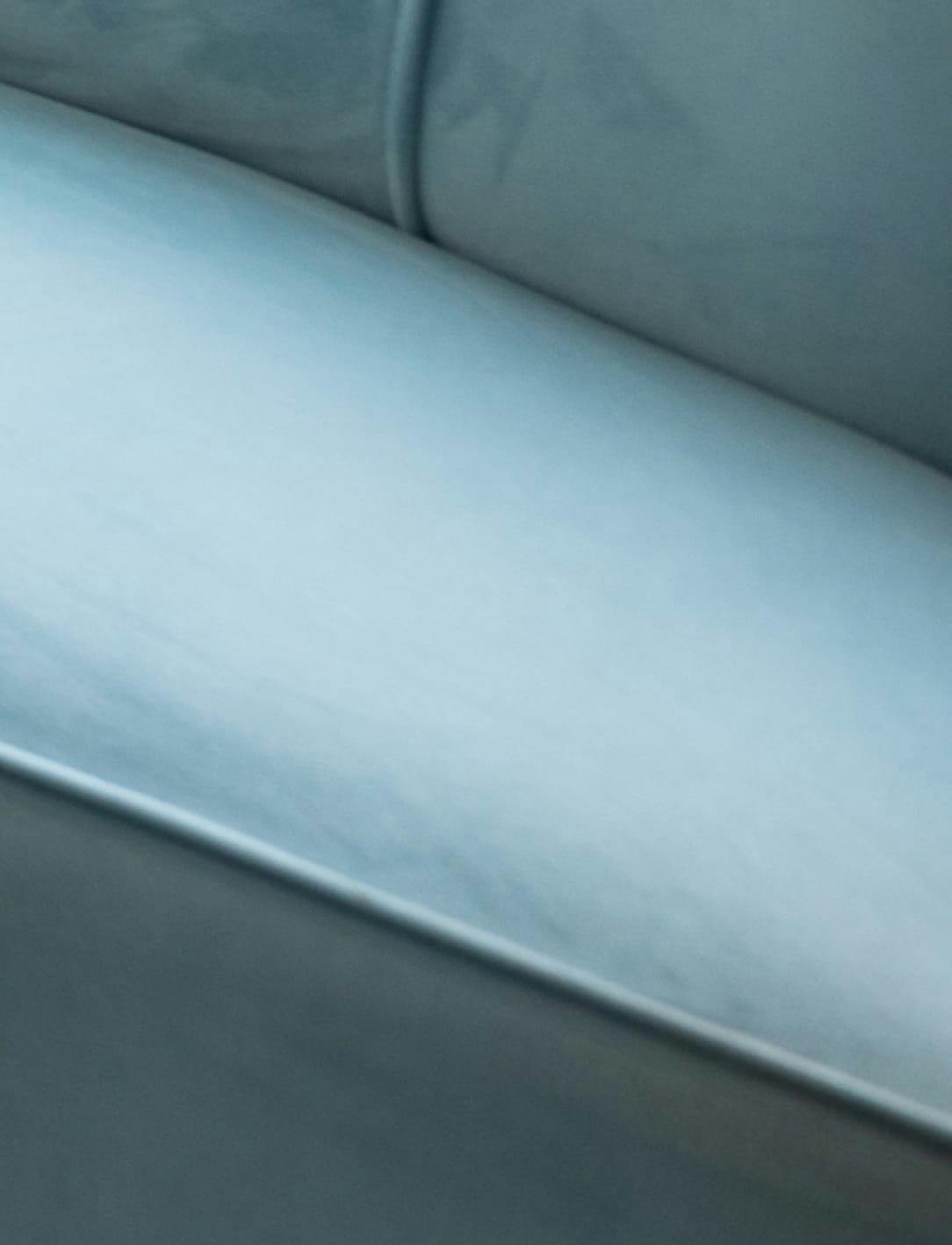DIEP Flap reconstruction
Breast reconstruction should involve a complete team of individuals including a general surgeon, your plastic surgeon, your surgical team, an anesthesiologist, and possibly a breast radiologist. Our team at Florida Plastic Surgery Group will create a customized approach for your DIEP Flap (deep inferior epigastric artery perforator flap) breast reconstruction. If you are considering DIEP Flap breast reconstruction, our practice has created microsurgical centers for breast reconstruction at two different hospitals and has performed the DIEP Flap surgery successfully on many patients.
During this procedure, DIEP flaps are harvested by taking the skin and fat from the abdomen and carefully dissecting the blood vessels that keep it alive. After the skin and fat is detached from the lower abdomen, it is placed onto the chest and artistically molded to recreate the breast. Microsurgery is used to attach arteries and veins to help restore the blood flow. Microsurgical breast reconstruction has a high success rate (> 95%) and provides soft, pliable skin and fat to help create a natural look and feel.
The main advantage of the DIEP Flap technique is that while skin and fat are removed, the muscle left behind remains completely intact. This procedure preserves your abdominal wall strength and minimizes the chance of developing an abdominal wall bulge.
Most insurance companies do cover the DIEP Flap breast reconstruction and we pre-authorize all the procedures prior to surgery to ensure insurance coverage.














